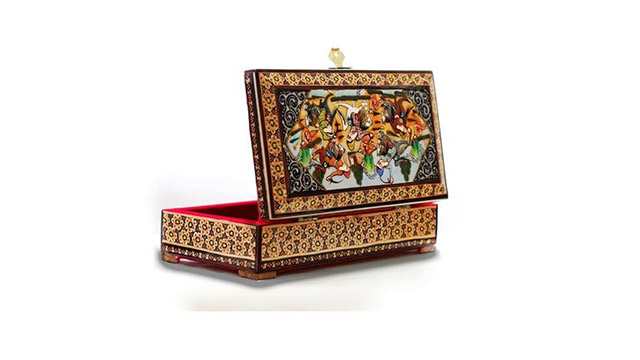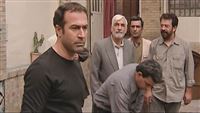Live
فارسی
عربي
ورود از طریق شبکه های اجتماعی
- استفاده مختص کاربران دارای هویت واقعی محرز شده نزد این پایگاه میباشد.
- این سایت در ستاد ساماندهی و بخش جرائم رایانهای دادگستری به ثبت رسیده است.
- گزارش تخلفات احتمالی این سامانه توسط کاربران الزامی می باشد
- کاربران باید طبق قوانین این سامانه که برگرفته از قوانین جرائم رایانه ای می باشد فعالیت کنند
- نام کاربری شما تکراری می باشد

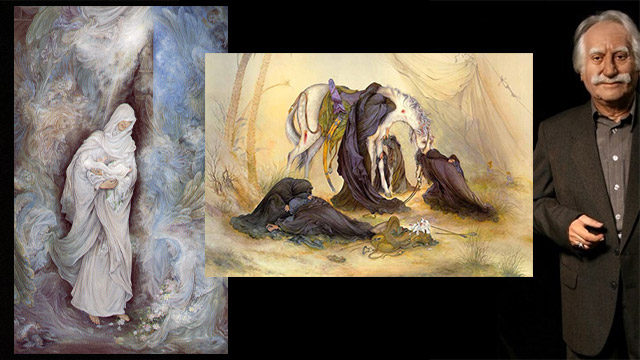
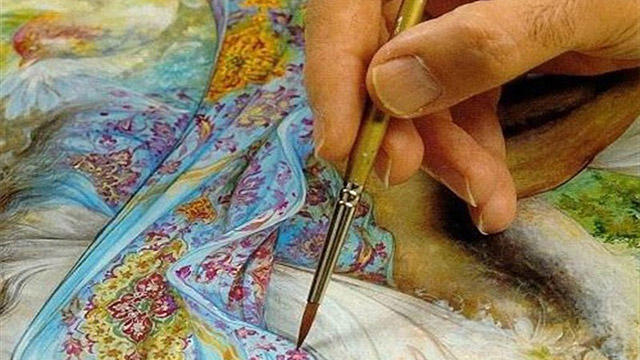
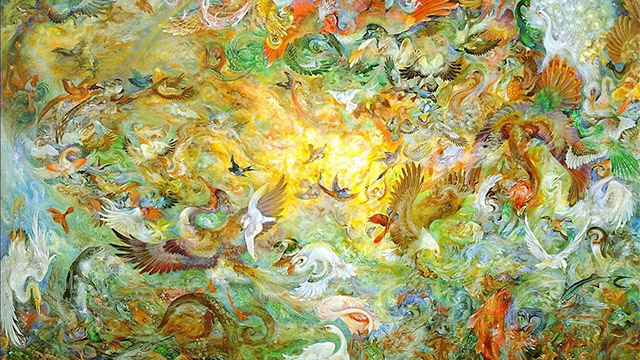
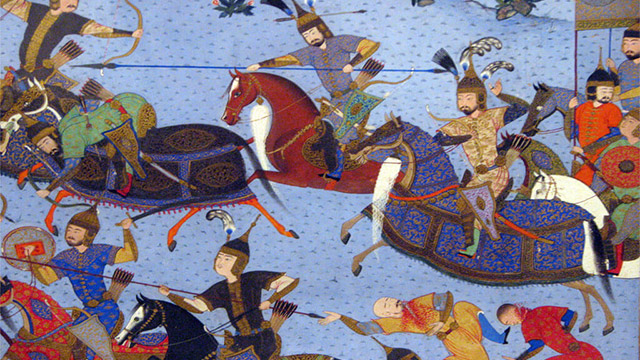 In Iran, miniature art expanded beyond standalone works to include illustrations within Iranian manuscripts and poetry book margins, gaining prominence in the 14th century and adorning handwritten books with scenes of hunts, battles, and feasts.
In Iran, miniature art expanded beyond standalone works to include illustrations within Iranian manuscripts and poetry book margins, gaining prominence in the 14th century and adorning handwritten books with scenes of hunts, battles, and feasts.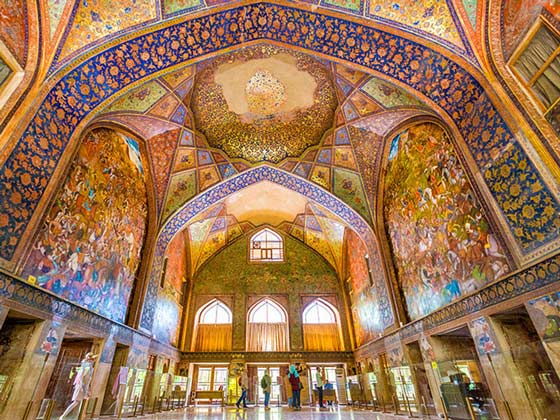
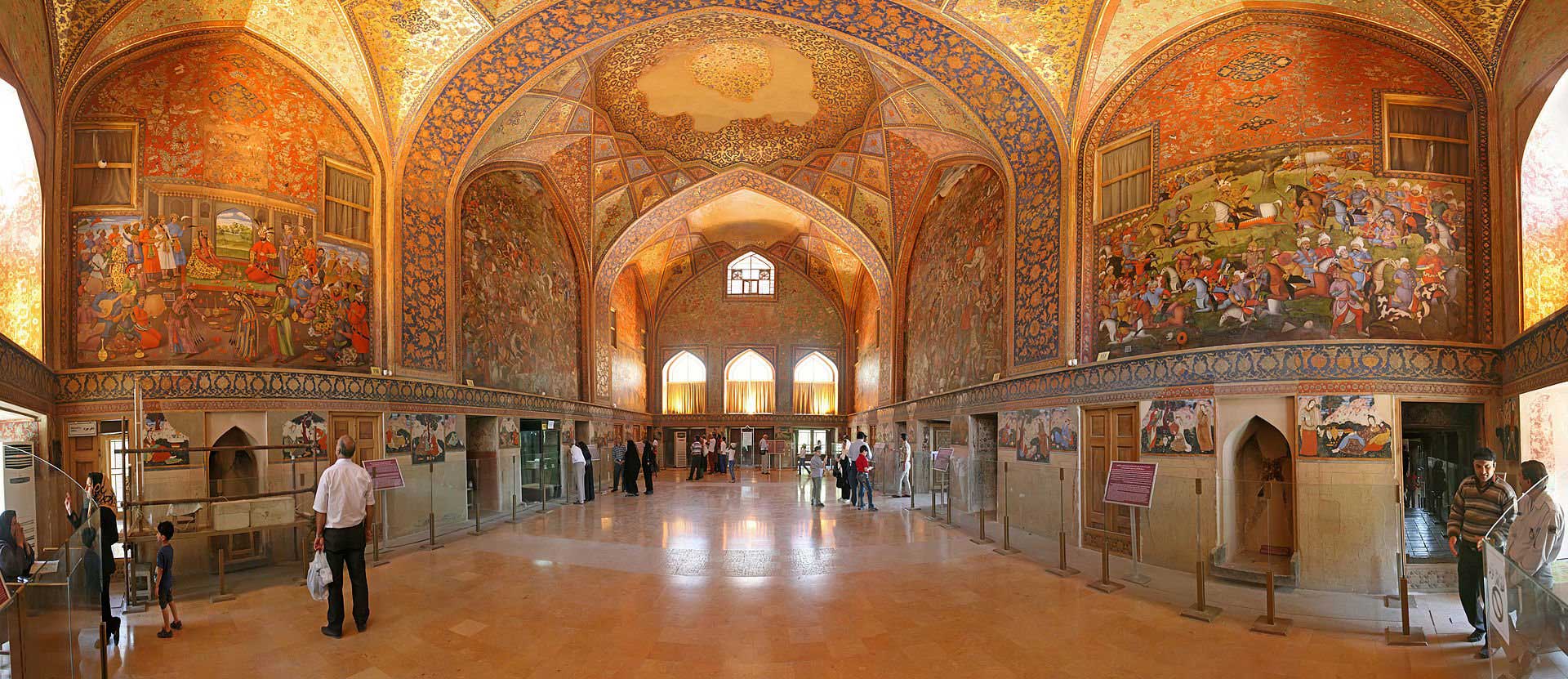
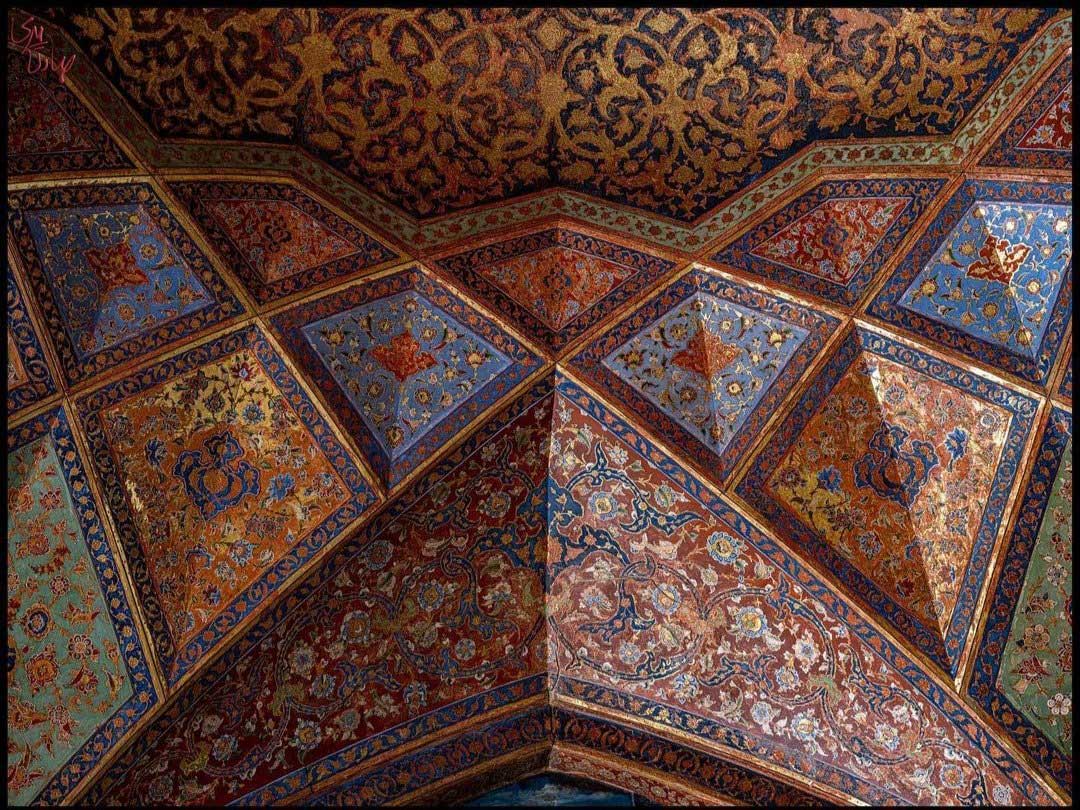
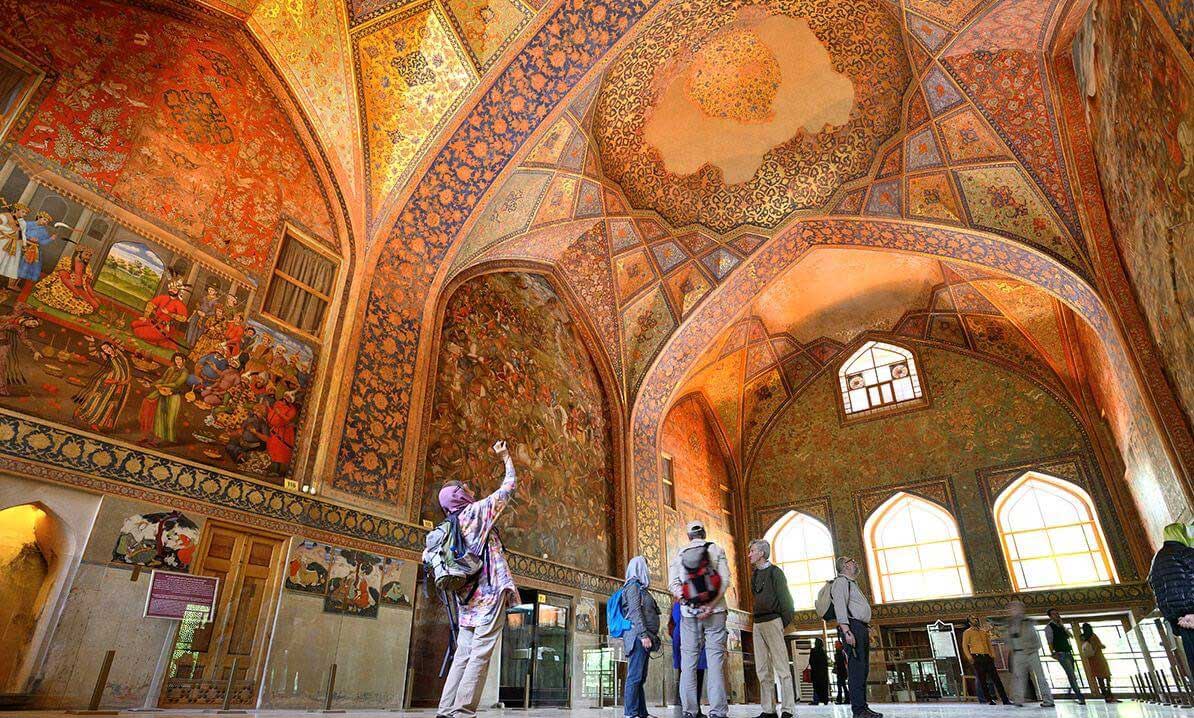
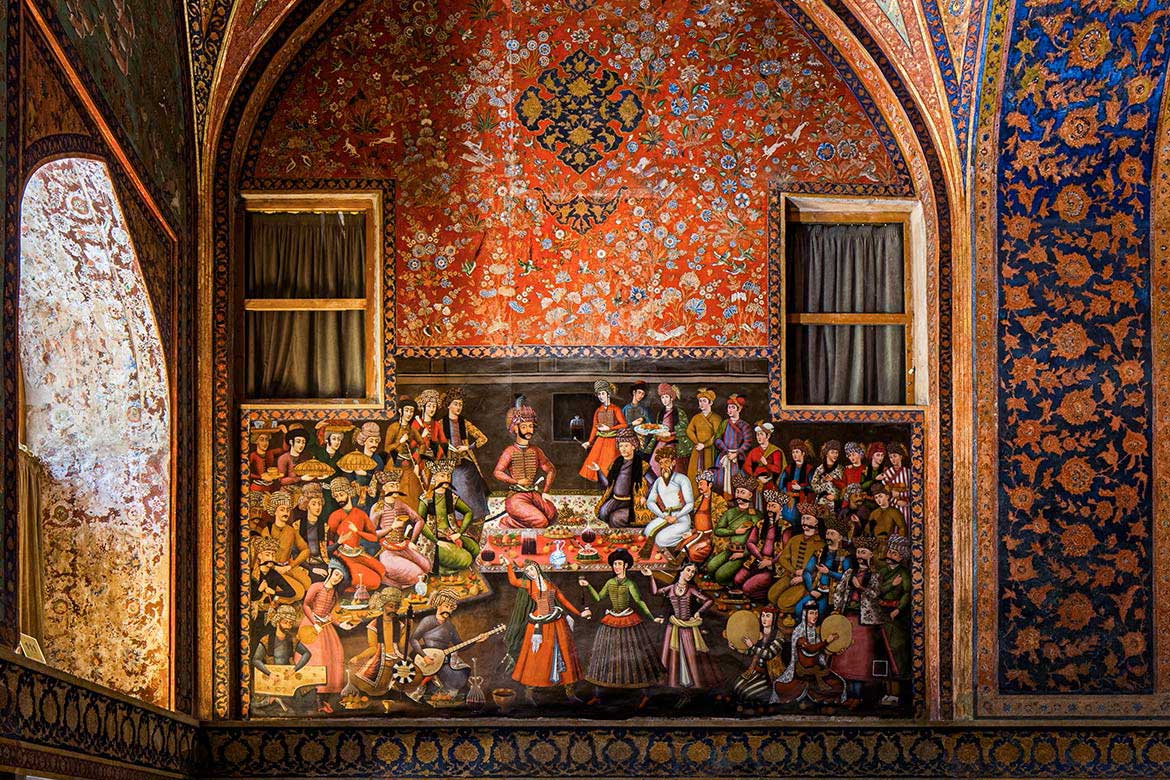
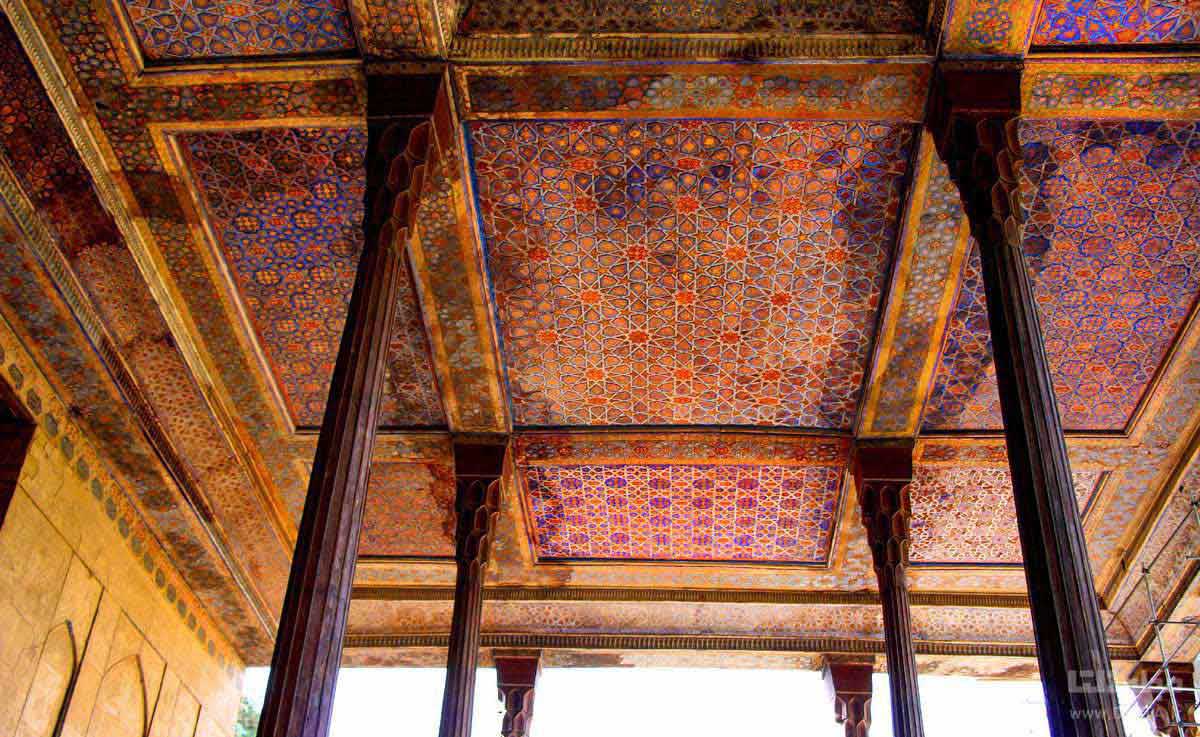 Isfahan is also the birthplace of the globally acclaimed Mahmoud Farshchian, a Persian miniature master. His astounding works, at 93 years of age, grace museums and exhibitions worldwide.
Isfahan is also the birthplace of the globally acclaimed Mahmoud Farshchian, a Persian miniature master. His astounding works, at 93 years of age, grace museums and exhibitions worldwide.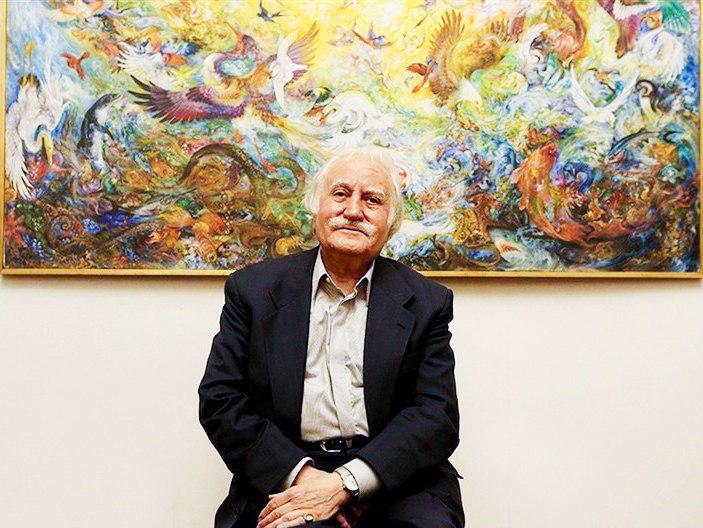
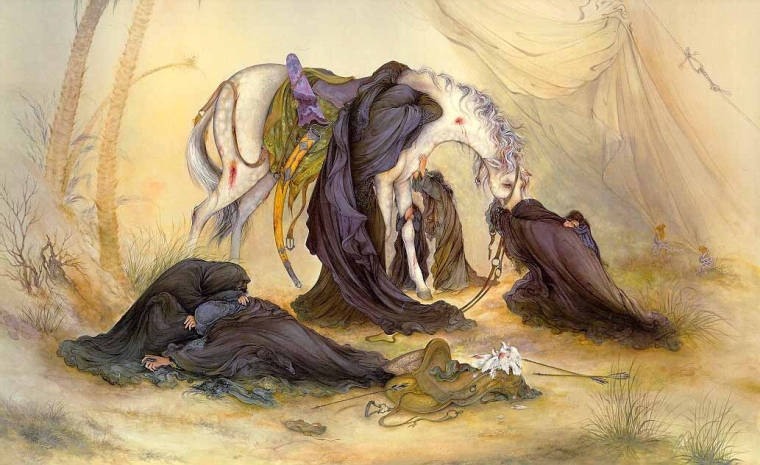
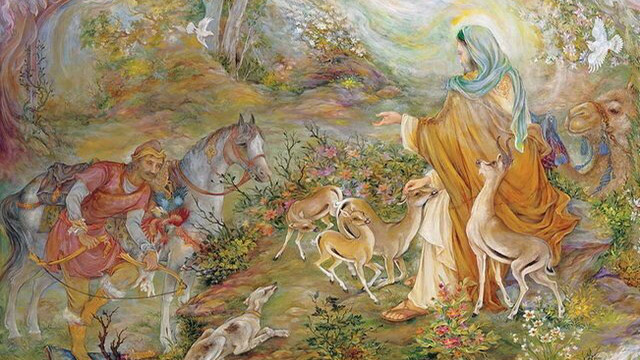
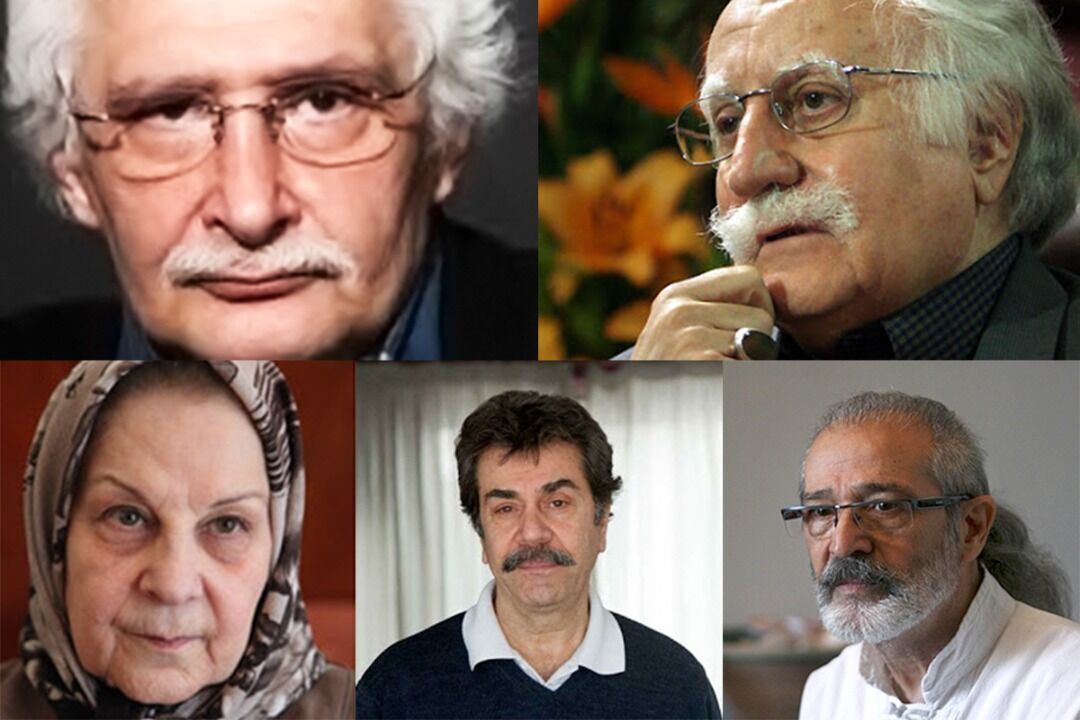 If you are interested in art and especially Iranian miniature, we strongly suggest you visit National Museum of Iran in Tehran where there are various ancient artworks such as pottery, textiles and adobe calligraphy, from Iran’s post-Islamic era.
If you are interested in art and especially Iranian miniature, we strongly suggest you visit National Museum of Iran in Tehran where there are various ancient artworks such as pottery, textiles and adobe calligraphy, from Iran’s post-Islamic era.